
|
|
|
|
|
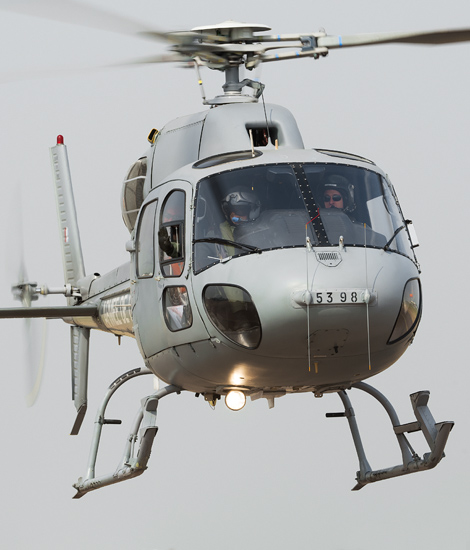
|
Maritime Patrol Aircraft; RAF Fairford, July 21 - 22, 2013
The Royal International Air Tattoo, part 1; Text and Photograph's by Alex van Noye
During the RIAT in 2013, the theme of the event was SkyGuardian. This theme includes observation and patrol aircraft. The history of maritime patrol aircraft started during the First World War. This type of aircraft would evolve over the years into an indispensable component in a modern navy; many of them are in service.
The first maritime patrol aircraft were used during the First World War. The British Royal Navy was the first country in the world which would use this type of aircraft in its navy. The first patrol aircraft were mainly used against enemy submarines. The aircraft patrolled above sea until they observed a submarine. Subsequently, the aircraft would attack this submarine until the ship sunk. The first aircraft which were equipped with this task could stay in the air up to 10 hours. The weapon load which could be carried would decrease when the aircraft stayed longer in the air. The first patrols aircraft were often customized bombers such as the Sopwith Strutter. Later during the war planes were designed specifically for this task. Often these aircraft were equipped with floats. Some planes which were specially used for this task were the Short 184 and Felixstowe F2. During the Second World War, patrol aircraft were often re-designed from long-range bombers or airliners. An example of a converted passenger aircraft is the Focke-Wulf FW200 Condor from Germany. To protect against German subma- rines, the Mid-Atlantic gap between the United States and the United Kingdom was protected by an adapted version of the American B-24 Liberator bomber. The aircraft patrolled from Greenland and Iceland and attacked German submarines frequently. There were also aircraft specifically designed for this task such as the American Consolidated PBY Catalina. In Japan, the Kawanishi H6K H8K and several flying boats were developed for the same task.
After the Second World War, patrol aircraft were mainly consisting airliners which were converted for maritime tasks. These aircraft often have the property they could operate over long distances and they performed better than the post-war bombers. The first post-war jet aircraft did not have the power to fly above the water for a long period. For that reason many propeller driven aircraft were used for maritime patrol duties. Some examples of aircraft from this period are the Avro Shackleton, the Lockheed P-2
|
|
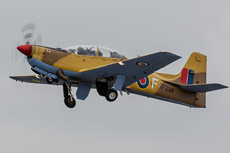
|
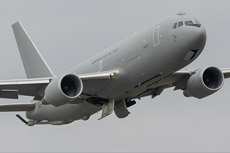
|

|
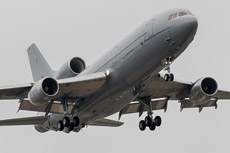
|
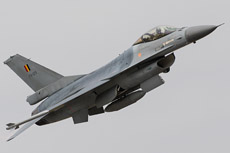
|
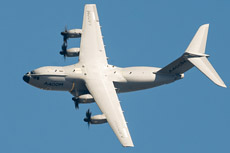
|
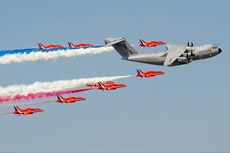
|
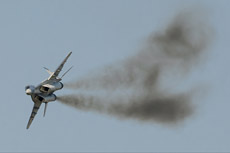
|
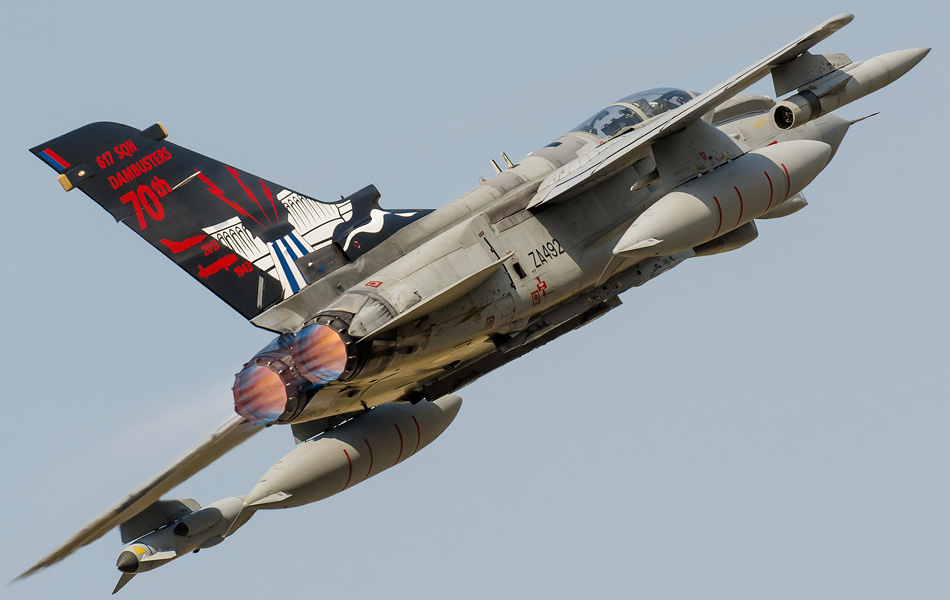
|
Neptune, the Breguet Atlantic and the Tupolev Tu-95MR. All of these examples would play an important role during the Cold War. In the period from 1960 to 1985 there was a daily cat and mouse game ongoing between the Soviet submarines and patrol aircraft of the NATO countries. Where the Americans had chosen for a very strong carrier fleet, the Russians had chosen to disappear underwater with a large submarine fleet. The Soviet submarines were often used to gather information in the western areas. These ships were trying to spy Western countries unseen and were with their nuclear ballistic missiles are a serious threat to the NATO countries. The maritime patrol aircraft were mainly active in the Atlantic region and were often used to detect submarines of the Soviet Union. Detecting submarines was a primary task of the maritime fleet. The aircraft were provided with sono buoys with which could detect submarines deep below the surface with the help of sonar.
The main system which was developed to detect submarines was the MAD (Magnetic Anomaly Detector) system. This MAD boom is built in the tail at all the patrol aircraft. The long pin behind the aircraft is now a specific characteristic of a maritime patrol aircraft. The MAD system measures the deviation in the magnetic field of the earth and the bottom of the sea. Each type of submarine has in this system its own deviation profile. The MAD system is therefore a powerful weapon in the anti-submarine warfare. Besides the long range aircraft, also aircraft like the S-3 Viking were developed which were able to perform this task. The Viking is a carriers based aircraft. These aircraft played a key role in protecting the fleet against submarines. The best known and most widely used patrol aircraft in the world is the famous Lockheed P-3 Orion. This aircraft was developed in the 60s from the failed Lockheed Electra project. The Orion was the most innovative weapon against Russian submarines in the late 60s. In total there are worldwide 734 Orions been built and many are today still in service. The Orion is one of the few planes which are more than 50 years in service of the United States Navy. In addition to the MAD boom the aircraft is also equipped with a sono buoy dispenser at the back of the Orion. With the help of this system the aircraft can drop sono buoys at all possible locations where submarines are hidden. Just behind the cockpit, the P-3 has also a bomb bay where depth charges and torpedoes can be carried. Under the wings of the Orion are, if necessary, two Harpoon anti-ship missiles mounted.
Since the end of the Cold War in 1990, the threat of Russian submarines declined drastically. Over the years, the fleet of maritime patrol aircraft was significantly reduced in all NATO countries. In addition to the submarine warfare these planes carried out a number of additional tasks as well. One of these tasks is the detection of drug shipments over water in the economic zones. Many of these transports are done over water especially between South America and the United States. Also, the role of the Coast Guard in these coastal patrols is significantly increased. The Coast Guard aircraft are in addition to the aircraft of the Air Force and Navy often used against drug trafficking. Also, these aircraft have a SAR task when there are people missing at sea. The aircraft of the Coast Guard are often a bit smaller compared to the patrol aircraft of the Navy; therefore these aircraft are able to operate at lower altitudes. In addition to these properties, smaller aircraft are also a lot cheaper to use compared to the big and advanced patrol aircraft. The patrol task has shifted over the years from long distances over the ocean in search of submarines to coastal patrols for detection of drugs transports and SAR purposes. An aircraft used for this task in Europe is often the German Dornier Do-228. This aircraft has been in production since the 80s and is now increasingly used as a coastal patrol aircraft. To patrol duties of these aircraft are also frequently used to support the police in search actions and chases.
|
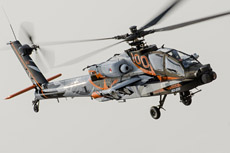
|
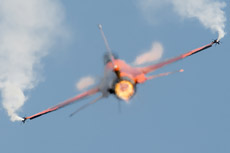
|
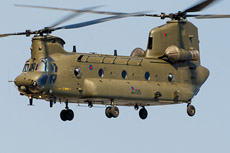
|
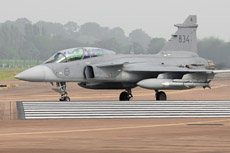
|
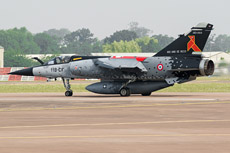
|
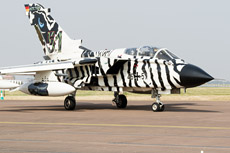
|
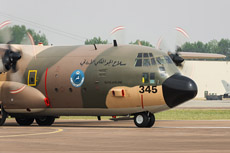
|
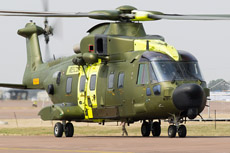
|
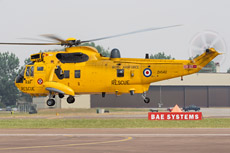
|
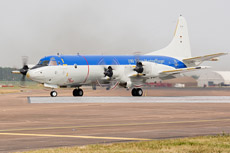
|
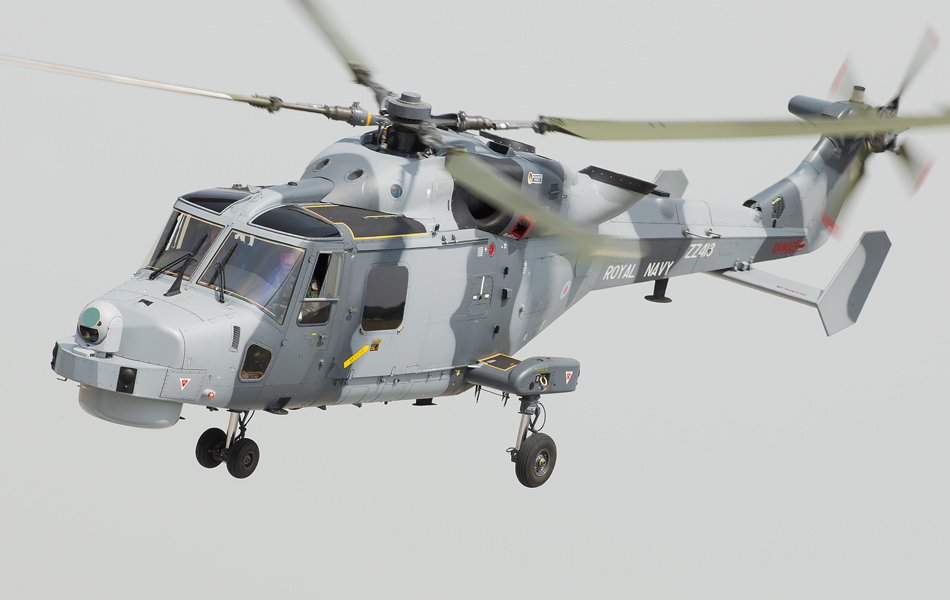
|
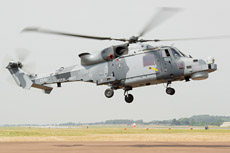
|
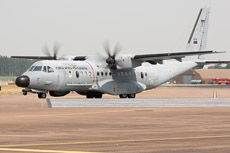
|
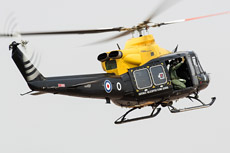
|
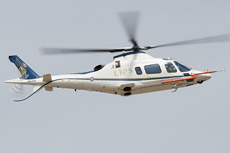
|
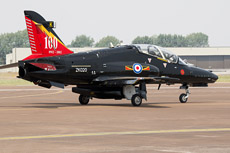
|
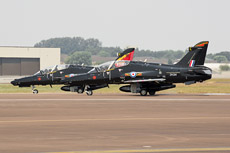
|
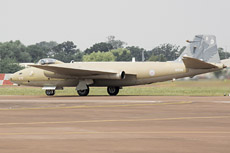
|
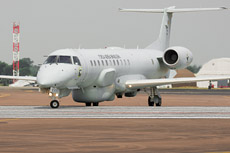
|
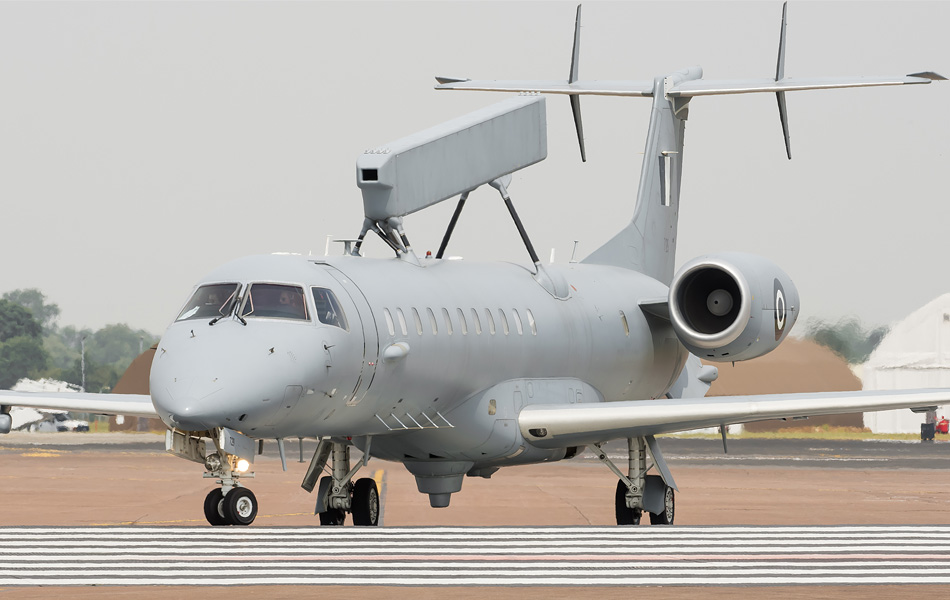
|
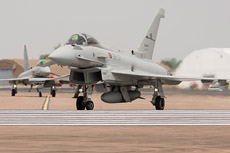
|
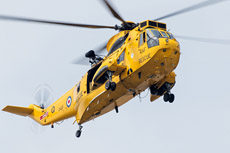
|
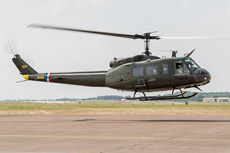
|
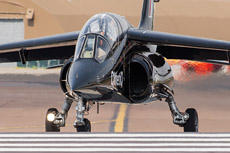
|
|
|

|







